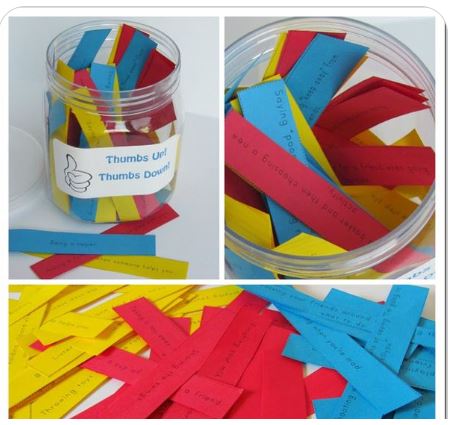In social-emotional development, children need to learn to control their behaviors, think before they act, take turns, and share. Social-emotional skills are frequently taught during group time in the classroom when children can do these things. These activities also include learning how to manage problematic emotions by taking a time out or receiving help from an adult.
A social-emotional curriculum can be developed for children from birth to age five. It aims to contribute to a child’s development of three key skills: “understanding, sharing, and taking turns.” This incorporates self-regulation, negotiating with others, and coping with stress. Schools should incorporate the following activities into their curriculum.

Contents
30 Social-Emotional Activities For Preschoolers
1. Read, read, read!
Read to your child or read aloud together. Make it a habit to get down on the floor and read with your child daily. This helps develop a love of reading from a very young age and has long-term benefits for literacy.
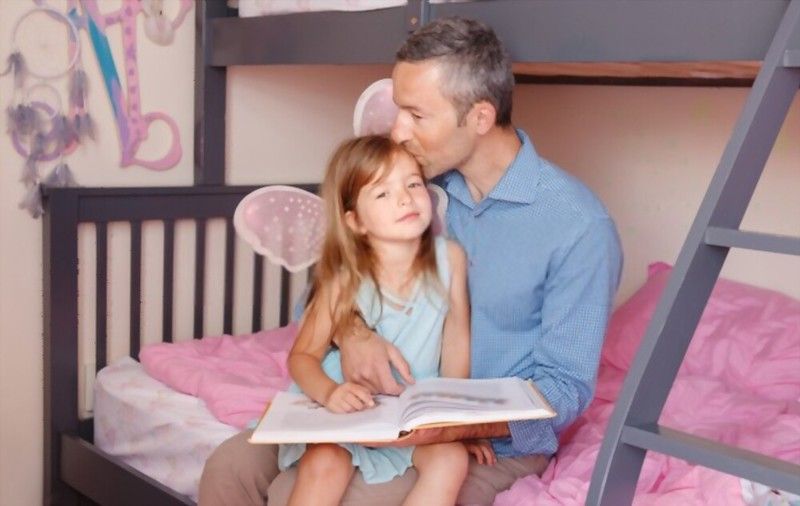
2. Under the umbrella of affection
When playing games with your child, make it clear that you are interested in him or her as a person and not just as part of a team. Notice your child’s strengths and talents.
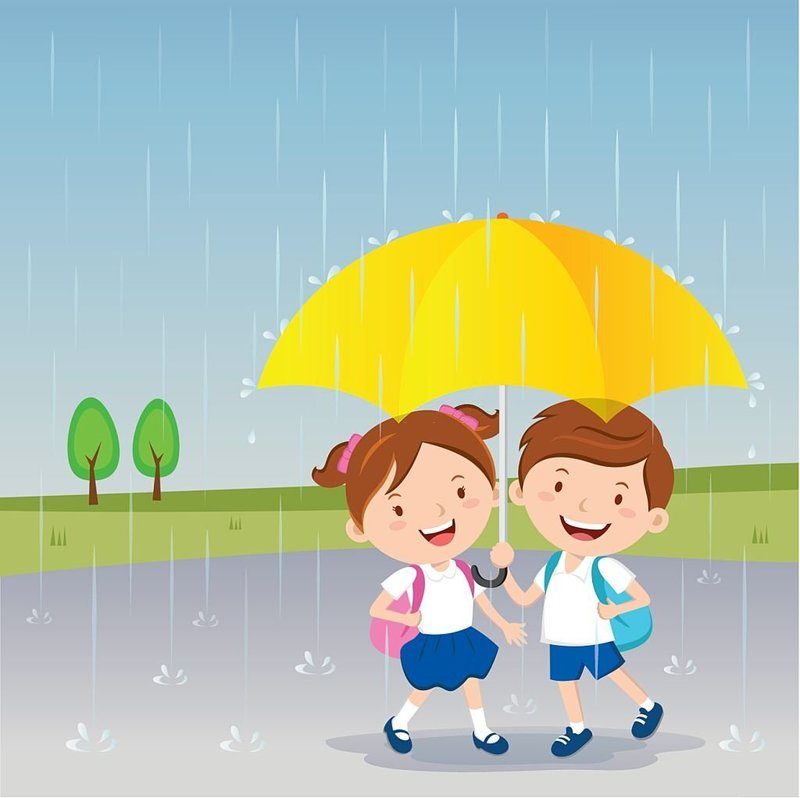
3. Listen actively
Listen, don’t always talk. Make sure your child has a chance to express himself or herself by giving him or her your full attention when conversing and playing. You can model active listening by asking open-ended questions that encourage the child to continue talking about the subject matter and not just give you short answers. Don’t interrupt your child during a conversation. Let him or her finish first.
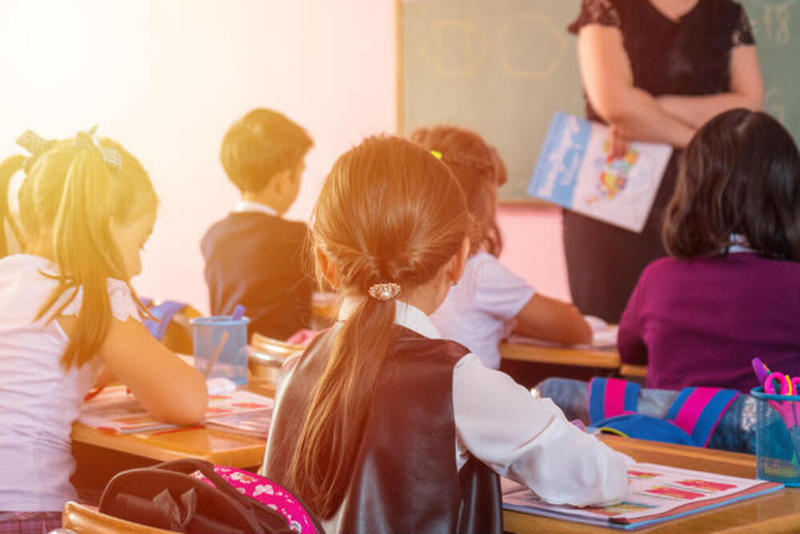
4. Sing
Provide a fun way to learn new songs. Read the lyrics with your child and ask him or her to choose a song that is about the same topic as what you are reading. Sing before bedtime and during meal times. Encourage your child to sing along by clapping her hands or using fingers in rhythm with the words.
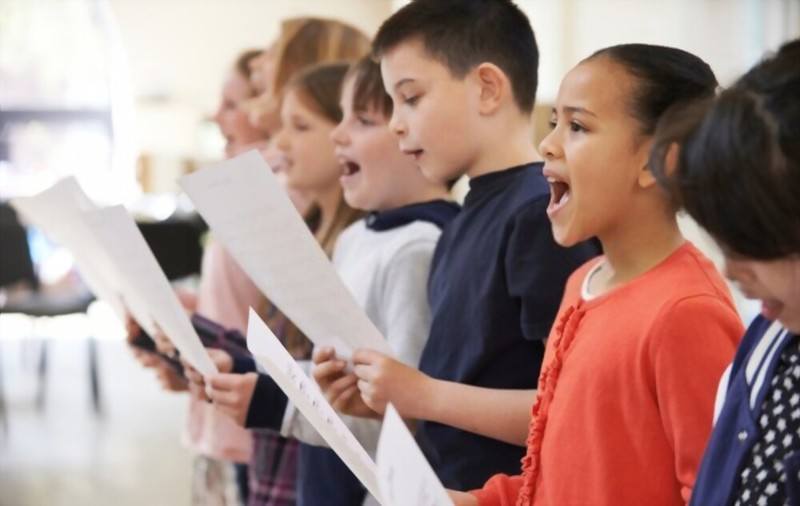
5. Play monster emotions match game
Take turns with your child and write down a list of emotions. When you are done, match emotions until you can no longer find one that has not been matched. Discuss how each emotion is expressed in the body and the same emotion while playing (e.g., angry – talk through gritted teeth, sad – slouch when sitting). Find different ways to express emotions.
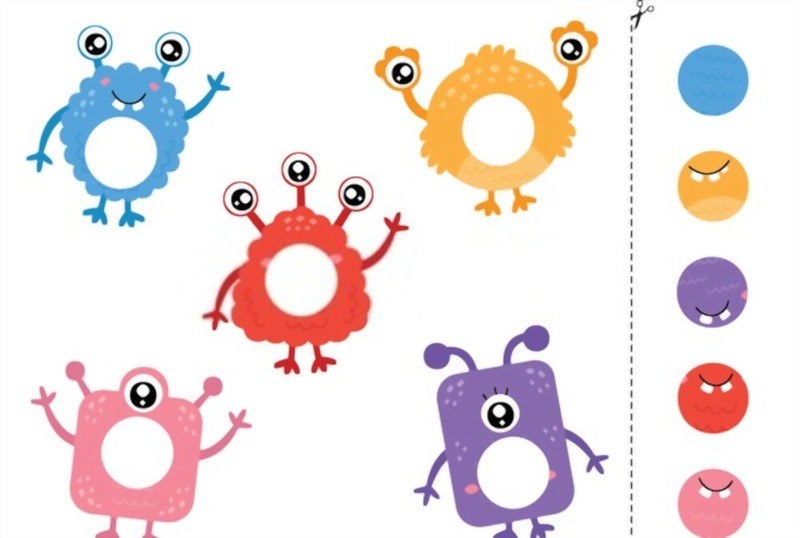
6. Make emotion masks
Go around the room and ask children to draw faces under each mask (e.g., happy, sad, hungry). Ask children to describe how they feel when they are wearing their masks. Try to connect what the child is feeling and what the face or expression represents.
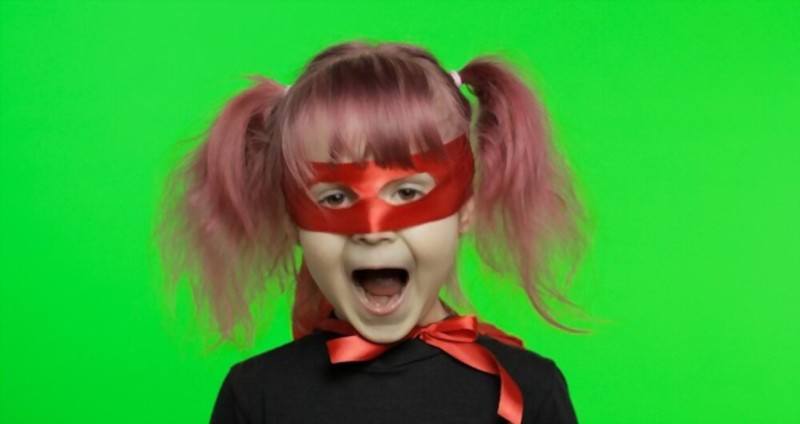
7. Start each day with a check-in:
Just before children go to school or home, talk about any feelings they may have had that day (e.g., happy, angry, excited). Ask them if there is anything they need help with or someone to talk to.
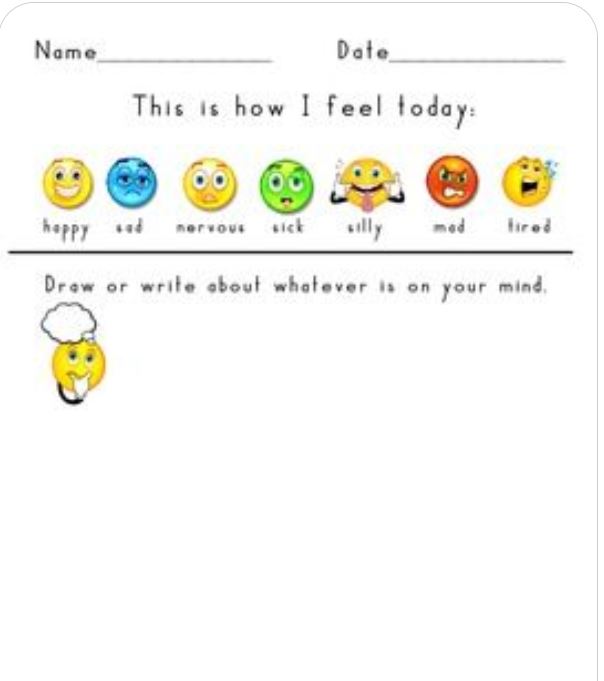
8. Use strategy cards:
Have a small stash of strategy cards in the classroom. Choose times when children become easily frustrated, anxious, or agitated and give them a card that has a calming strategy to use (e.g., “take ten slow deep breaths,” “go for a walk around the block,” or “count to 10”). It is important for children to learn self-regulation skills and how to self-soothe.
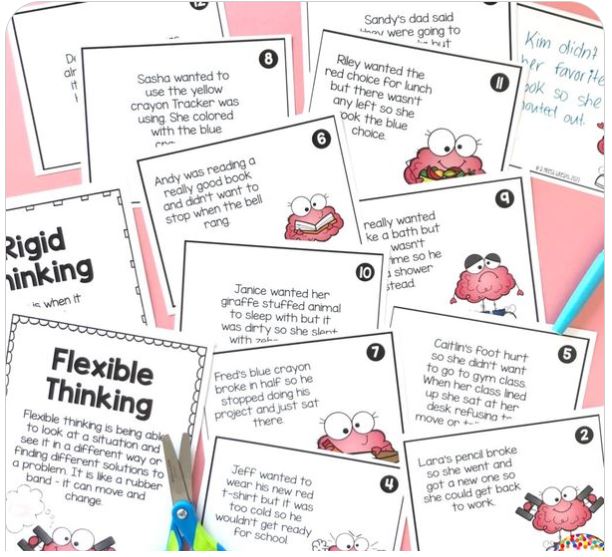
9. Download this free poster:
Give your child a copy of the Social Emotions poster and encourage them to hang it up in their room or use it as an activity sheet. Reading the poster together can make your child more aware of the communication styles of others and is also a wonderful way to teach her words and phrases used in social situations.
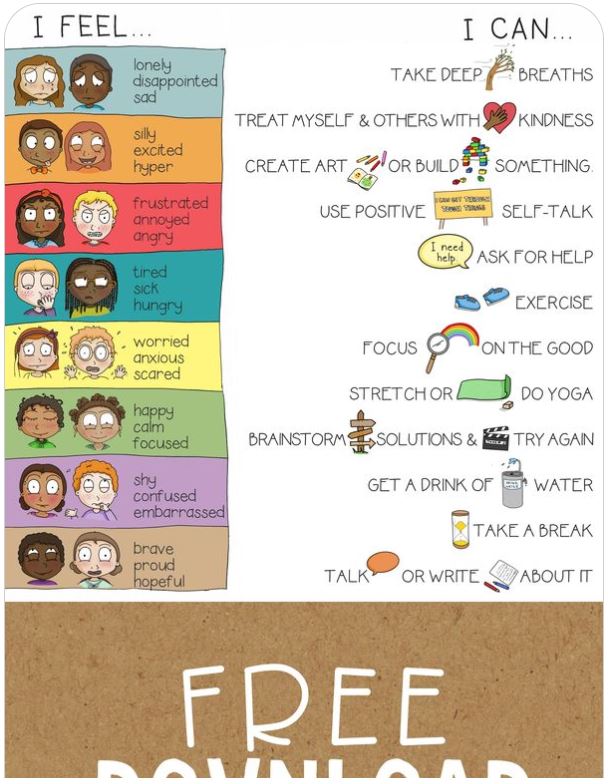
10. Put together a calm-down kit:
Children can use their calm-down kit to calm down and soothe themselves when they have feelings like anger, anxiety, or sadness. This kit includes a sticker book of positive emotions, breath beads, and cards with positive phrases or calming strategies.
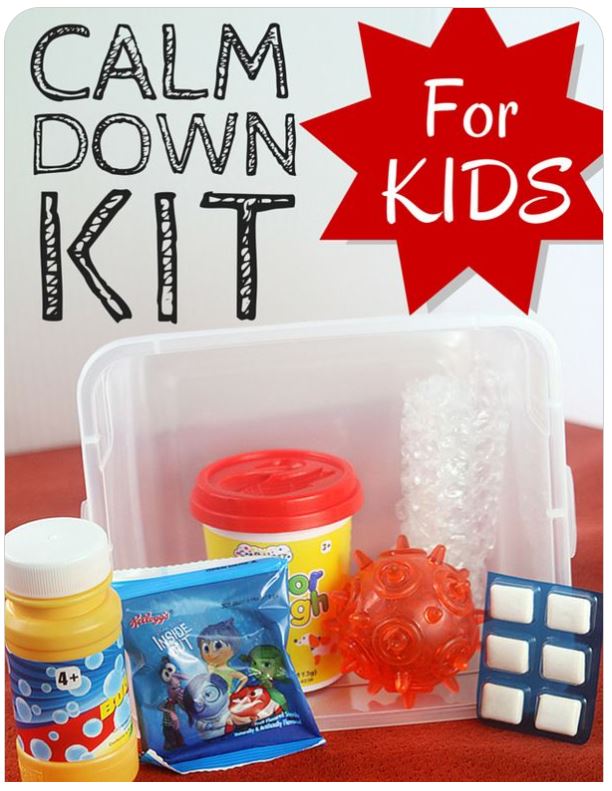
11. Teach them yoga poses
Children can practice yoga poses and deep breathing techniques. You do not need to know how to do these poses to teach them. Line up the floor mats in a circle, have children sit between 2 mats, and put on a pair of headphones with calming music playing. You have to cue the children to take gentle breaths through the nose and mouth.

12. Create a culture of kindness
Anticipate how others may be feeling and respond with kindness. Be a good example of kindness so that children will want to emulate your behavior.
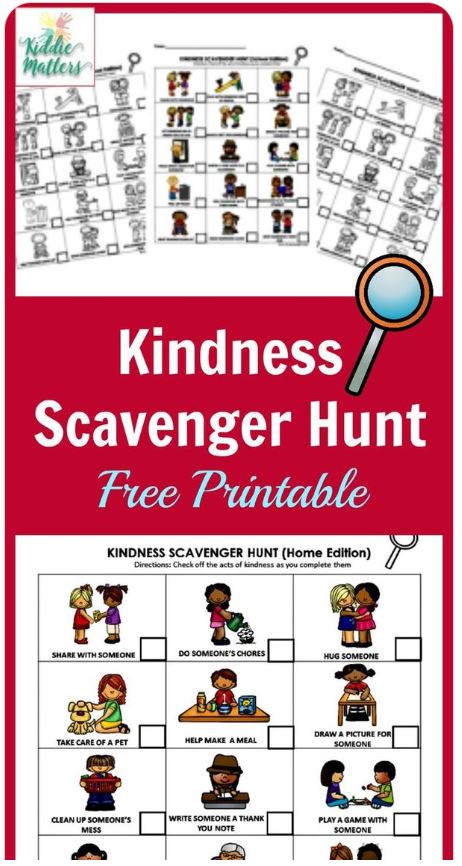
13. Teach empathy
Make a commitment to always be empathetic and create a culture of empathy at home, in school, and in the community: “I’m sorry” is an essential part of apologizing, but it is also your opportunity to let someone know how you feel when they make mistakes and how you feel when they show kindness.
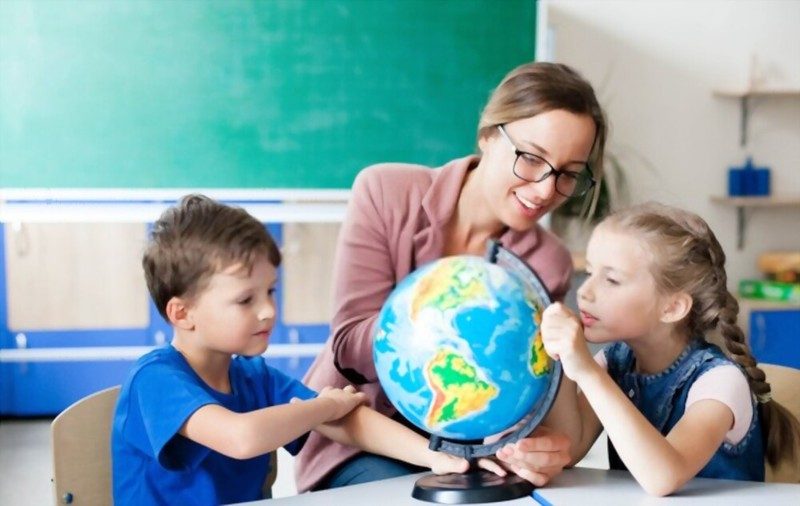
14. Engage in compliment circles
During circle time in the classroom, do a compliment check-in. Ask each child to say two things about another student or two things about themselves. Then, ask everyone to say and act out one thing that makes a difference at school and why it’s important. Lastly, have them repeat one kind word they heard that day.

15. Teach problem-solving strategies
Help children between 5 and 6 years of age develop useful strategies for solving problems by giving them a strategy card (e.g., taking deep breaths, counting to 10, walking away from the situation). You can also brainstorm with children what they think might be good ideas.
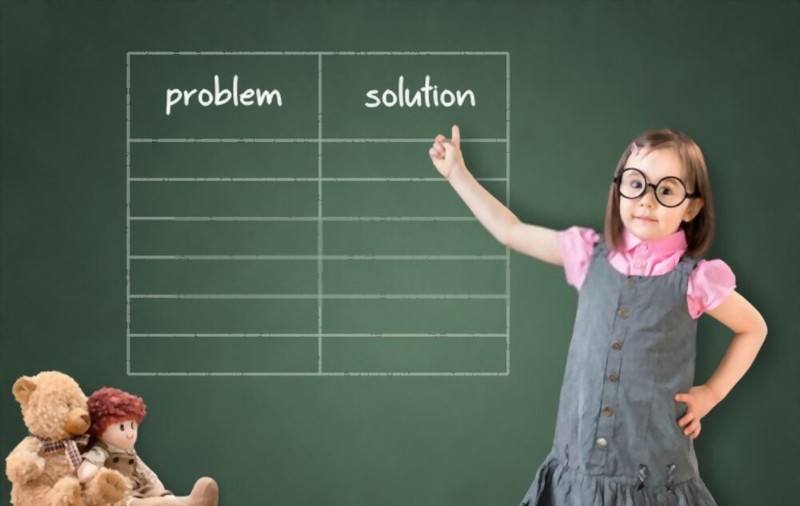
16. Play a sharing game
If a child is upset with another child or having trouble sharing, encourage them to take the angry face or sad face mask out to the playground. Discuss possible ways to solve the problem and let them choose what they feel is best. Remember, you are there as a guide, not an authority figure.

17. Watch friendship videos
Watch videos of children sharing, hugging, holding hands, and talking. These videos provide great examples of the importance of friendships in our lives. You can have a special video play during circle time in the classroom to show how good friendships can change our lives.
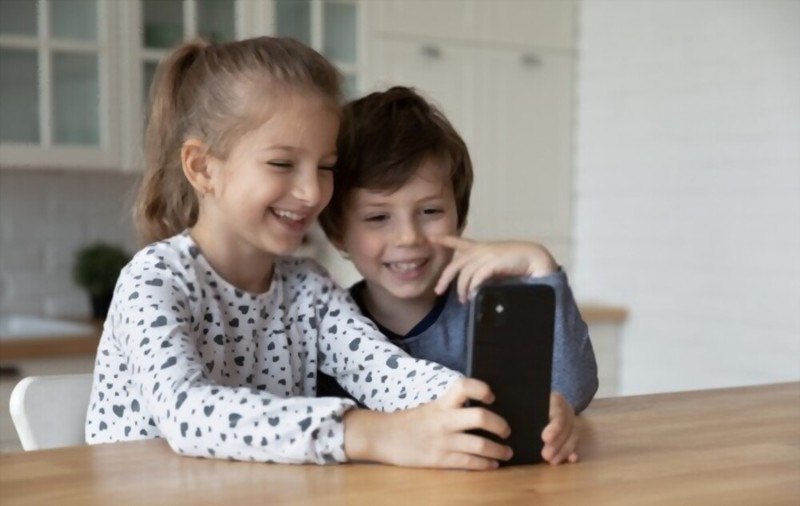
18. Help build social skills
Sharing ideas is one-way children can begin to build other-directed skills. Teach them how to ask for or give an idea by modeling first. When children show interest in an idea, encourage them to practice the skill themselves.
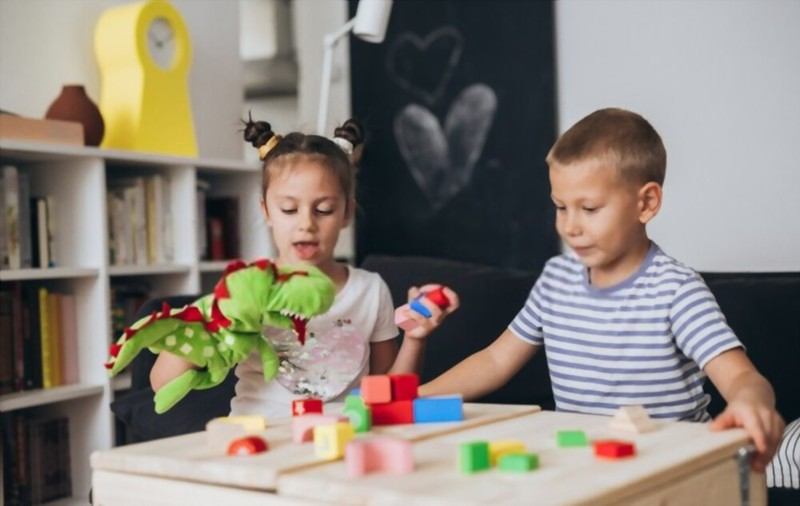
19. Teach them empathy
Once children are able to understand the importance of emotional intelligence, they will begin to use it with other children. Empathy is essential for building friendships and coping with the stress of daily life. Encourage children at school and at home to be empathetic by supporting them in using their time and providing loved ones with an empathetic shoulder when they need it.
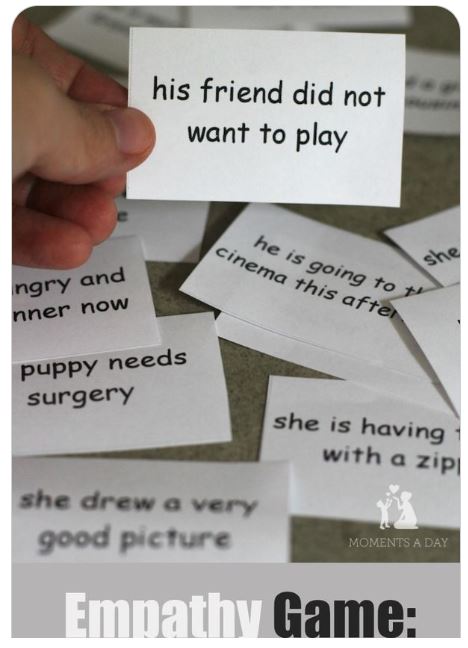
20. Create an environment where children can be themselves
By creating a calm and peaceful classroom environment, children are more likely to feel safe to share their feelings and thoughts with you. This also helps them learn how to problem solve and resolve conflicts.
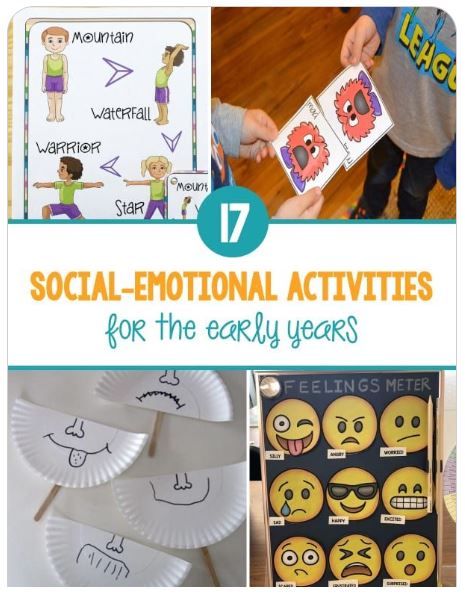
21. Role-Play With Puppets
Pick a puppet and give it a problem to solve. Have the children gather around, then help them think of ways to solve the problem. Make sure you also listen for their ideas as you model good listening skills.
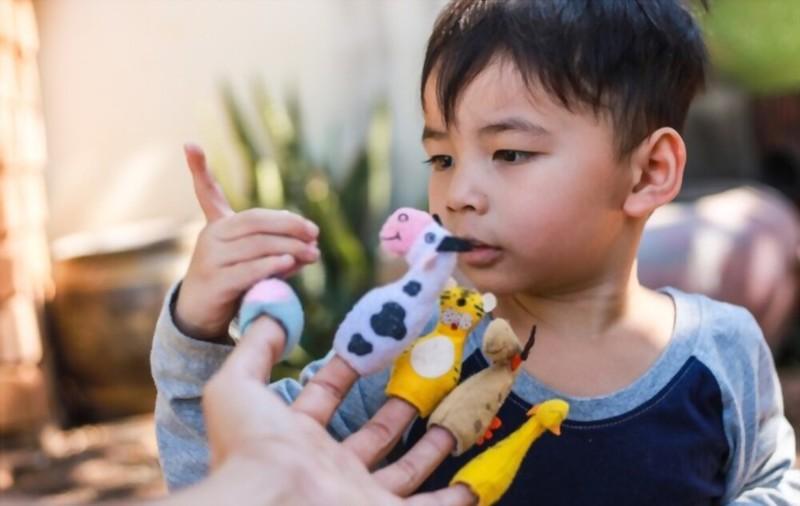
22. Create a fun calm-down poster
Have the children draw pictures of different ways to calm themselves down when they are feeling angry, frustrated, or sad and what makes them feel better (e.g., a drawing of ballet class because they like to dance).
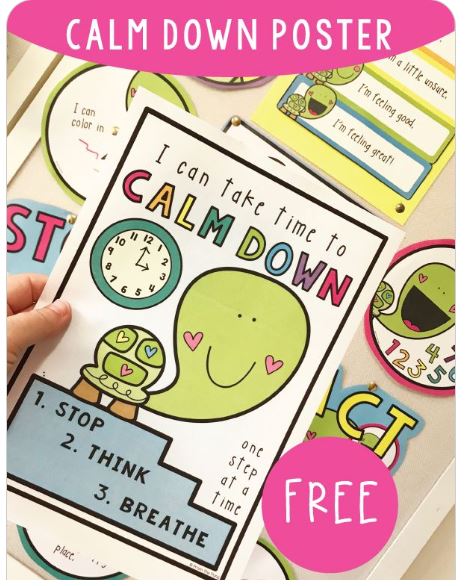
23. Happy and Sad Face Sorting
Draw a happy face and a sad face on pieces of paper. Ask the children to sort the pictures into two piles. Once they are done, ask them why they chose to place each picture in either the happy or sad pile. What is it about each picture that caused them to put it in one pile or another? Use this activity as a springboard to discuss emotions and the importance of thinking before acting.

24. Scribble Art
Give each child a piece of paper and some crayons. Put on some gamelan music and tell them to draw anything they like. Children can later be asked to share the drawings with someone in the classroom or home.
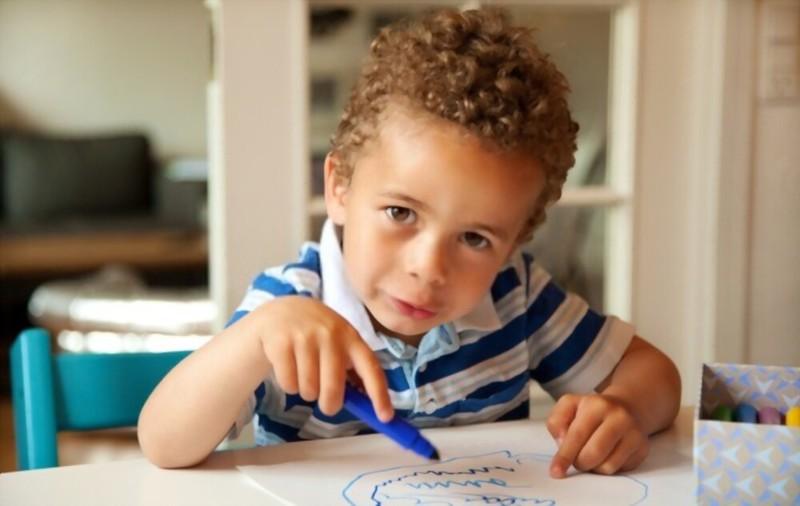
25. Feeling Faces
Write words describing how each of the children feels (e.g., sad, happy, angry, excited) on pieces of paper and put them in a bag or container for the children to draw out one at a time. Give each child an opportunity to share what they drew and say how they feel. You can also ask them why they chose that feeling and what it is about the day that made them feel that way.
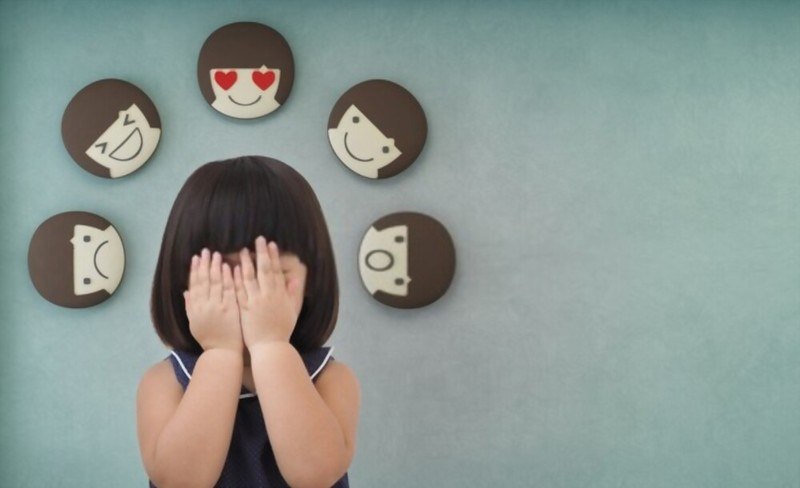
26. Mega Block Feelings
Cut out a large Mega Blocks toy and write feelings on the four sides of each block. Draw pictures of feelings (e.g., anger, sadness, surprise). Encourage children to play with the blocks that make them feel certain (e.g., “When I get angry, I go over to my mom and hit her until she forgives me, and then I feel better”).
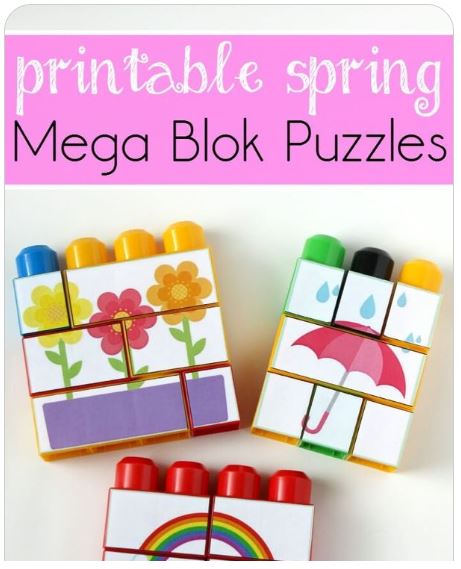
27. Feeling Box
Pour all the children’s favorite toys into a clear plastic box. When they open it, they will see all the toys they love. Once they are done playing with the toys, they can put one of the special toys into a feeling box. This is a great way to encourage children to talk about what is going on in their lives when the feeling box is open, but then close its lid when it’s time to move on.
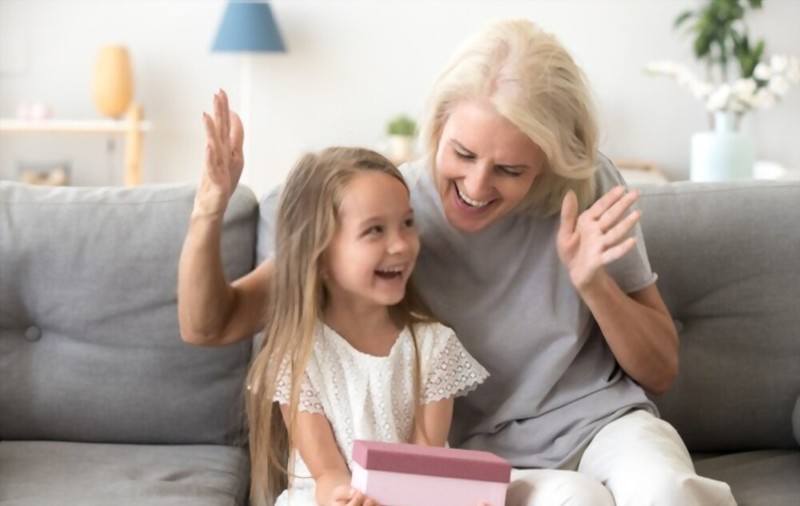
28. Story Stones
Write on stones with pictures representing a problem or obstacle in a story (e.g., Mr. Grump’s birthday) and then have the children write their solution on a different stone. For example, the stone with Mr. Grump’s face can have “eat ice cream until he is happy” written on it. Encourage them to play together by having each child pick one of their stones and then find someone in the room with a stone with another character or obstacle in the story.
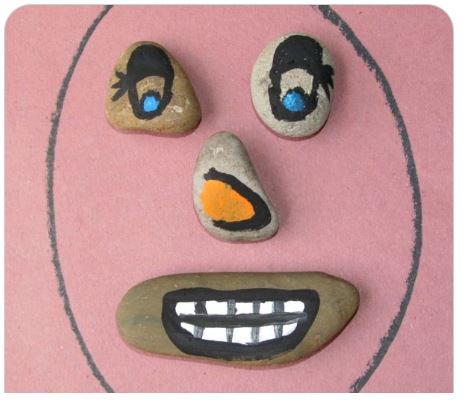
29. Create a Flipbook
Fold up a piece of paper and glue bookmarks around it. Give each child a different color bookmark to color. Ask them to draw their stories or tell you a funny incident that day using the bookmarks as tools. When they are finished, they can then create the perfect story!
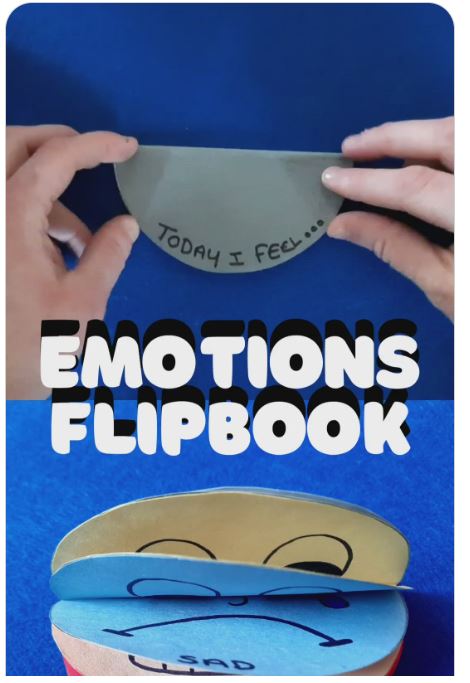
30. Make a Thumbs Up, Thumbs Down Jar
Put items in a jar that represents helpful and unhelpful behaviours. The children can then choose whether to put their thumbs up or down to show whether they would like to do those actions (e.g., paper clips for “I would like to be helpful” and stickers for “I would like to be unhelpful”). Encourage them to help each other by placing the item they want into the jar that another child wants.
